50 years of the cell phone: the best mobile phones of all time

50 years ago, on April 3, 1973, Motorola engineer Martin Cooper made the first call using a mobile phone. From his office on New York's 6th Avenue, the then-General Manager of the company's Communications Systems division dialed a rival inventor, Dr. Joel Engel, who – out of disbelief or anger – reportedly said nothing on the other end of the line.
The device in question supposedly weighed more than a kilo, measuring 22.8 x 12.7 x 4.4cm, and took ten hours to charge to full capacity. In other words, the plastic brick on which Cooper made that groundbreaking call was about as far removed from today's very best phones as you can imagine.
Nonetheless, for better and for worse, Cooper's call marked an irreversible, miraculous moment that forever changed the way humans interact with one another. To commemorate the event, the TechRadar team has compiled this (expertly subjective) list of our favorite mobile phone memories of all time.
BlackBerry Bold – Lance Ulanoff, US Editor-in-Chief
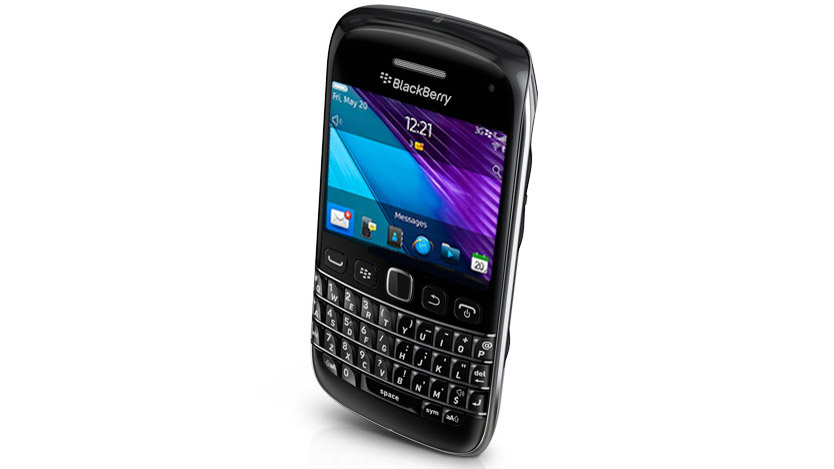
Sure, I love the iPhone. Who doesn't? But the Blackberry Bold 9700 will forever hold a place in my heart. It was among the first smartphones. There were apps, games, and a perfect keyboard, which I used often enough to be considered a BB keyboard grandmaster. The 2.44-inch screen was tiny by today's standards, but still sharp enough (480x360) to read all my emails and play Brick Breaker (or Breakout).
HTC One M8 – Marc McLaren, UK Editor-in-Chief
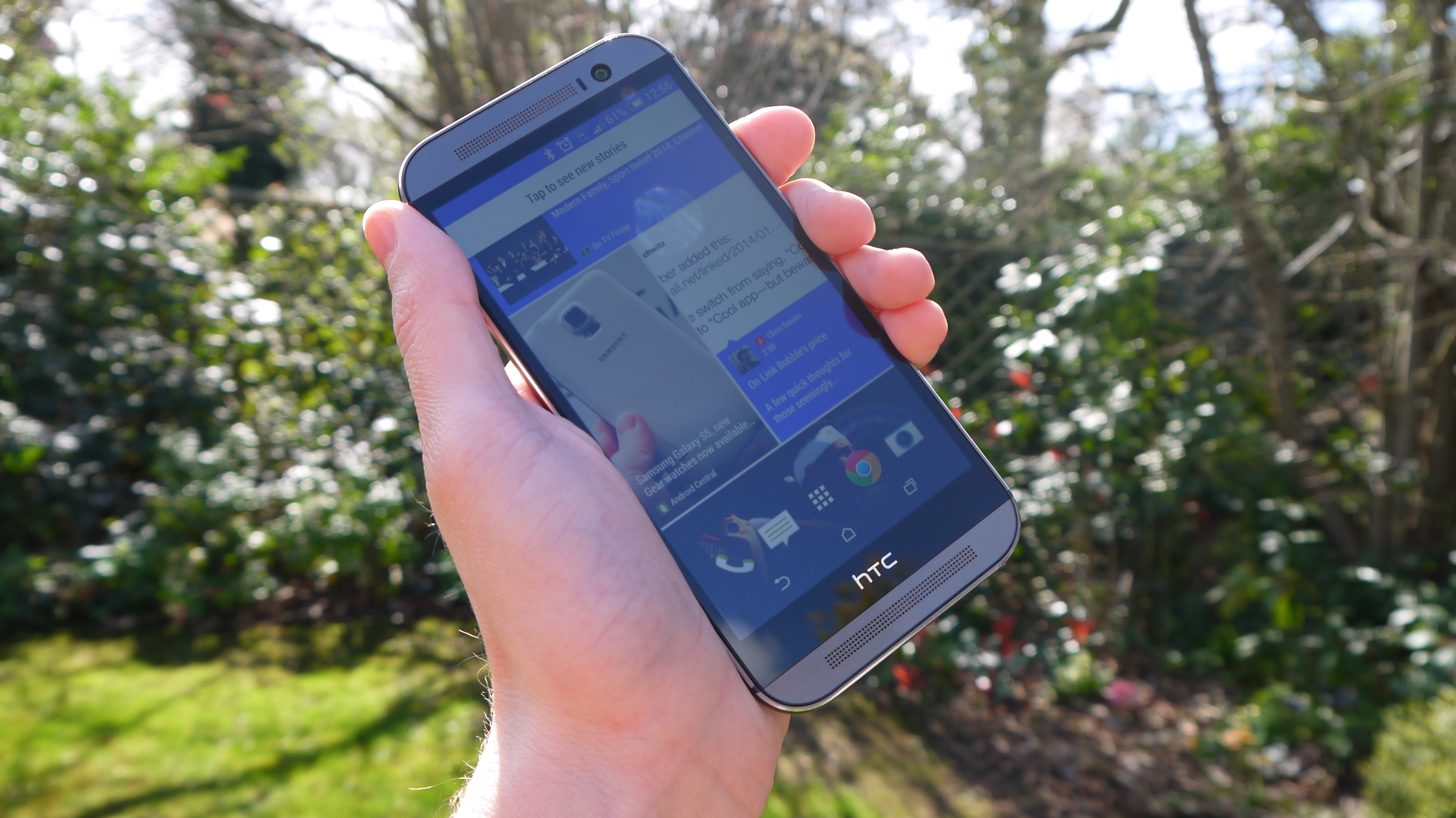
I’m not generally the kind of person who values form over function, but the HTC One M8 was so stunning that I wouldn’t have cared if it was just an empty shell. Seriously, its main rivals at the time were the polycarbonate-clad (read: plastic) Samsung Galaxy S5 and the iPhone 5S, which looked, well, like an iPhone.
In contrast, the One M8 was resplendent in its all-aluminum glory, with dual speakers at the top and bottom that really made it stand out from the crowd. The fact that it was a great phone all round didn’t hurt, but it was the One M8’s design that sticks with me a decade on.
HTC Desire Z – Alex Walker-Todd, Senior Phones Editor

Anyone whose memory reaches far enough back will remember that HTC was a firm bedfellow with Google in the early days of Android, at the inception of the Nexus program. The Taiwanese company earned its place by showcasing its mastery of both mobile hardware innovation and its ability to get the most out of Android at the time, even more so than Google; or at least it felt that way.
While the company was seeing success with the Google Nexus One and, not long after the HTC Desire, I fell for the HTC Desire Z. Not only was it a nice evolution of the iconic HTC Dream – with a display that arced sideways to reveal a physical keyboard – it was rare and I liked that. Despite the iPhone's already-rising popularity, the Desire Z made people say 'wow' when I showed it to them and it offered what was once one of the best and most versatile user experiences of the time.
A special shout-out also has to go to the likes of the Nokia 3210 and 5210 for embodying the Finnish company's then-legendary build quality, and the Samsung Galaxy S2, with which I feel Samsung really staked its claim on the smartphone market.
Sign up for breaking news, reviews, opinion, top tech deals, and more.
Palm Pre – Philip Berne, US Mobiles Editor

As iPhone ascended, and BlackBerry sulked away, where was the original mobile computer maker, Palm? After years of falling behind, Palm launched the smooth, shiny, pocketable Palm Pre. With its touchscreen, unique WebOS, and full QWERTY keyboard, it was ahead of its time and anachronistic at once. It was the first to gather your social networks and share across accounts. I wish we still had a tiny, powerful, keyboard phone from a third party thinking outside the box.
Sanyo SCP-6000 – Jeremy Kaplan, Content Director
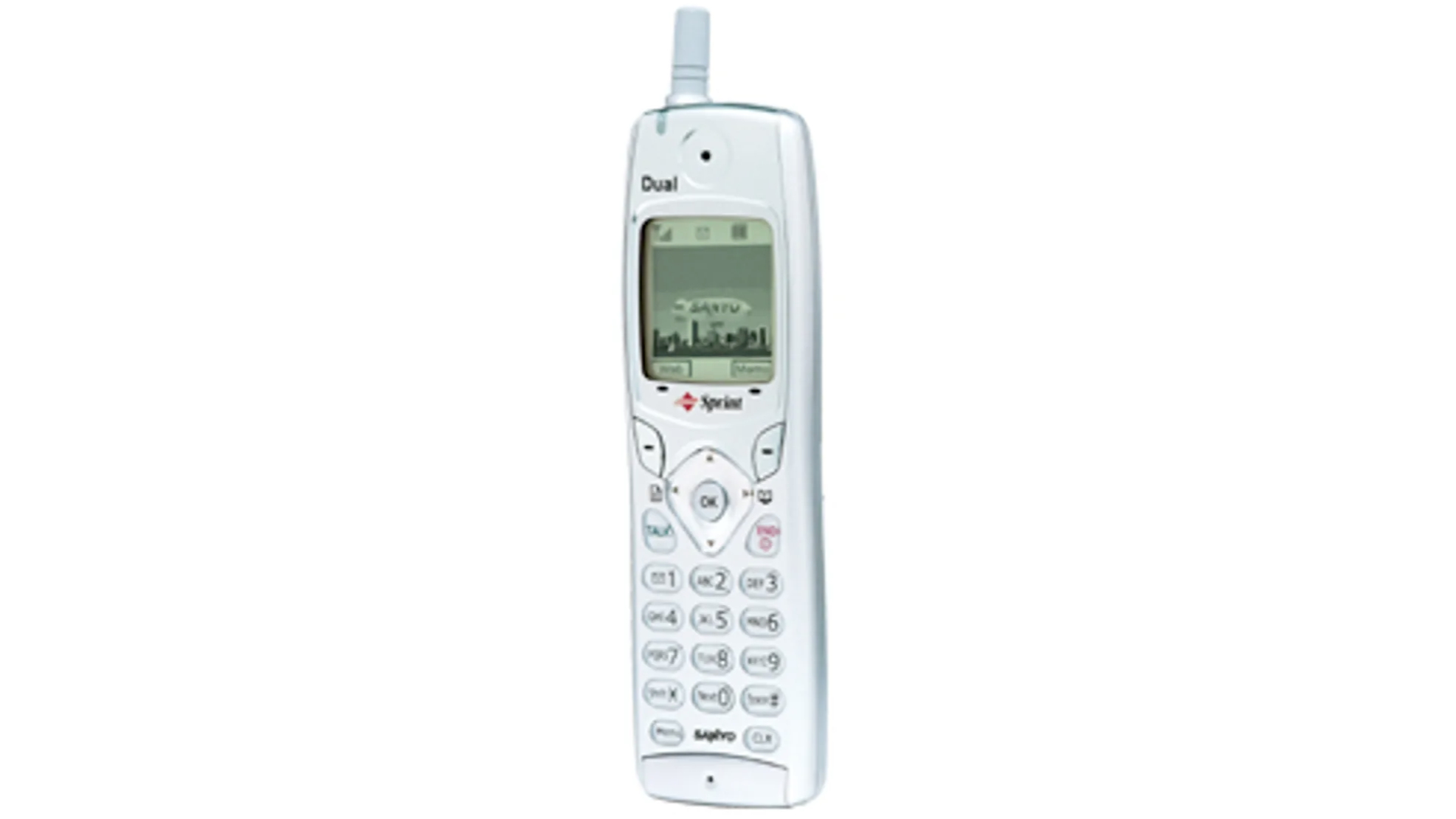
Back at the turn of the millennium, Sanyo released the SCP-6000 – the thinnest cell phone on the market and one of the thinnest of all time. You won't find pictures of it anywhere online; the SCP-6000 didn't make much of a dent in the market... because Sanyo. (We've included a shot of the follow up SCP-6200.) And that's a shame: A whisper of metal and plastic, with the ability to use either an amber OR a green backlight, it was the hipster phone to end all others. Forget those clamshell phones; THIS was clearly cool. And then I lost it in the backseat of a cab, of course.
Apple iPhone 5 – Axel Metz, Phones Staff Writer
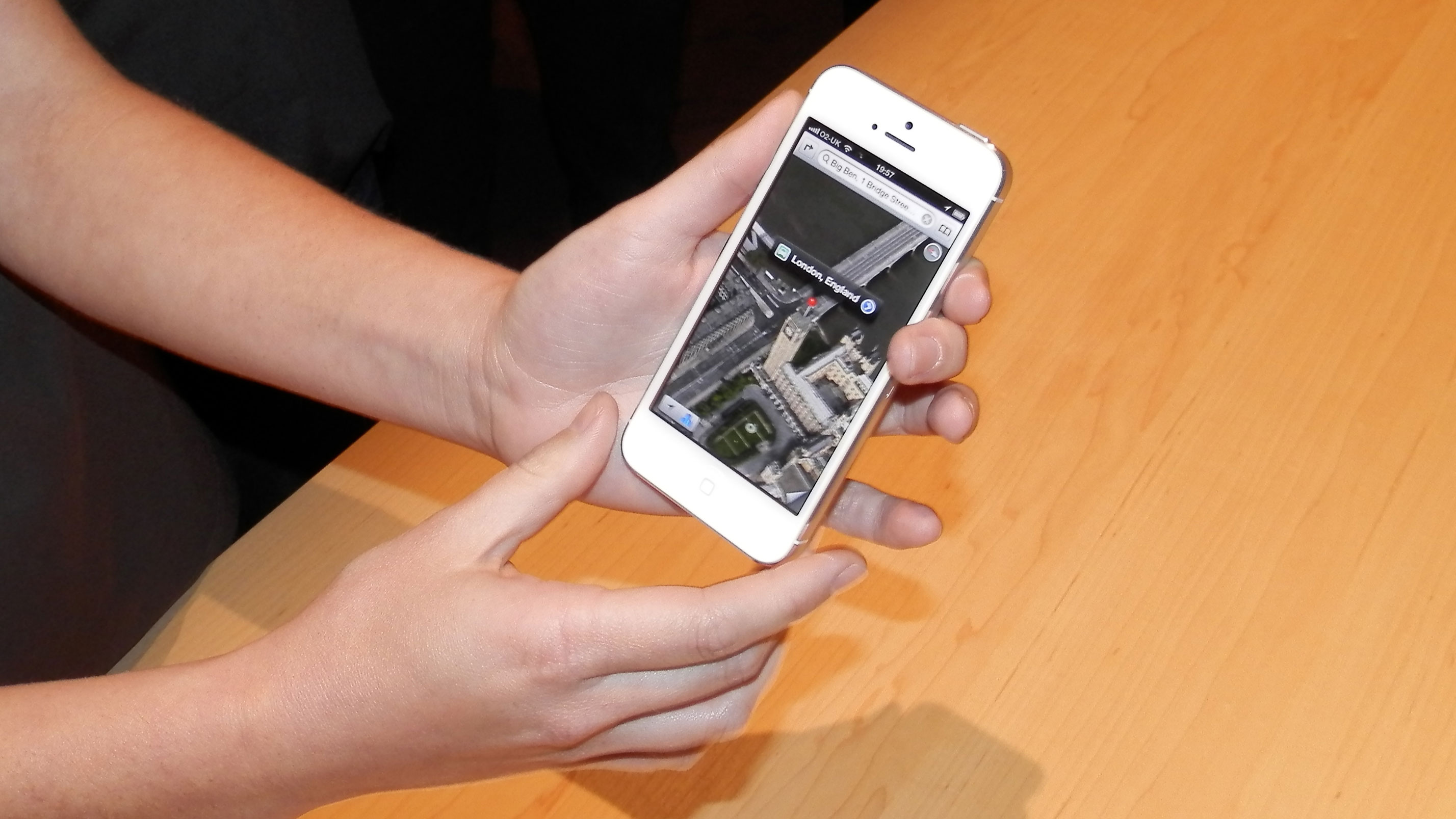
After the disappointment of the iPhone 4S, the iPhone 5 took everything great about the original iPhone 4 and made it even greater. Sharper, slimmer, lighter, larger, and more powerful than its pint-sized predecessor, Apple’s sixth-generation iPhone introduced the Lightning connector and also played host to the launch of Apple Maps. If I just so happen to drop my iPhone 14 down a manhole tomorrow, I’d happily reboot my iPhone 5 for one last hurrah.
Nokia Lumia 620 – Michael Allison, Phones Staff Writer
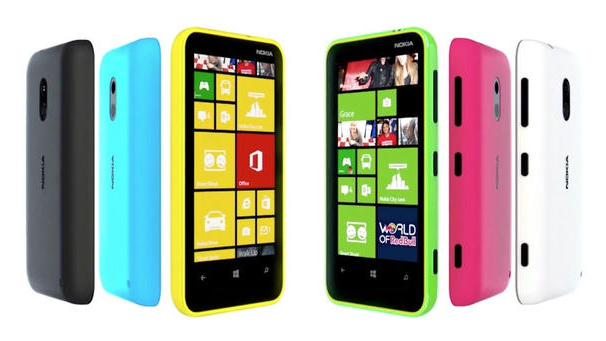
The Lumia 620 is not a particularly good phone. You probably didn't remember it until I mentioned it. It has a dinky screen compared to today's smartphones. The camera was a paltry 5MP. I charged it a lot so the battery wasn't very good either. It didn't have Snapchat. However, it was the first smartphone I purchased with money I earned from writing. It had a cool colorful detachable rear case, and it ran Windows Phone – the future of smartphones in 2012. In other words, the Lumia 620 wasn't a phone to me as much as it was the physical embodiment of potential. Who wouldn't love that?
ZTE Blade – Desire Athow, Managing Editor (TechRadar Pro)
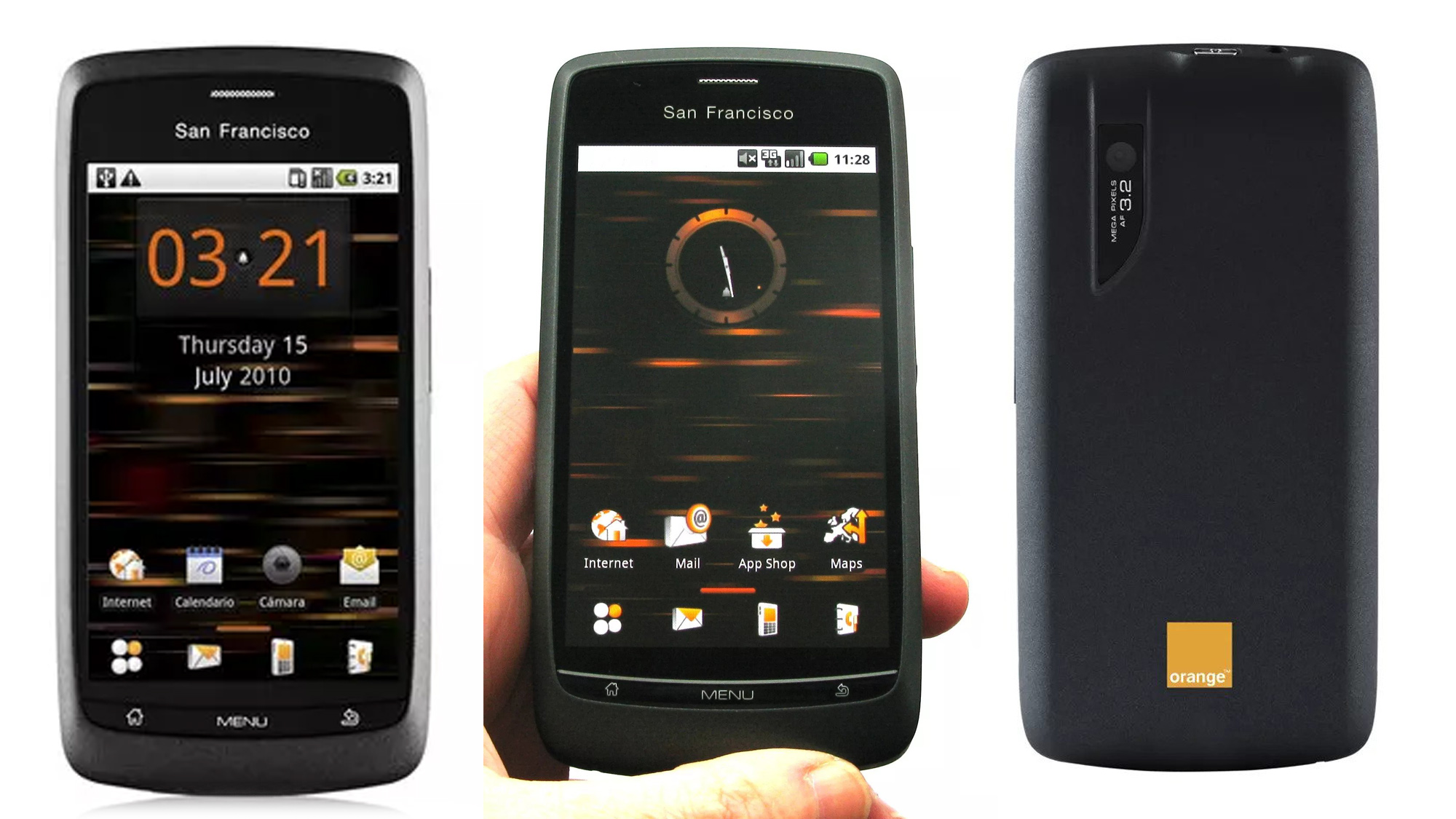
The ZTE Blade was one of the first budget Android smartphones when it launched 13 years ago. Known in the UK as the Orange San Francisco (and in the US as the T-Mobile Blade), it gathered a cult following over the years because it was cheap (I bought mine for £99 on PAYG at launch) and competed with more expensive handsets. ZTE sold more than eight million and the Blade was, for many, the first introduction to Android (it ran v2.1) and amazing AMOLED screens.
Nokia N76 – Sharmishta Sarkar, Managing Editor (APAC)
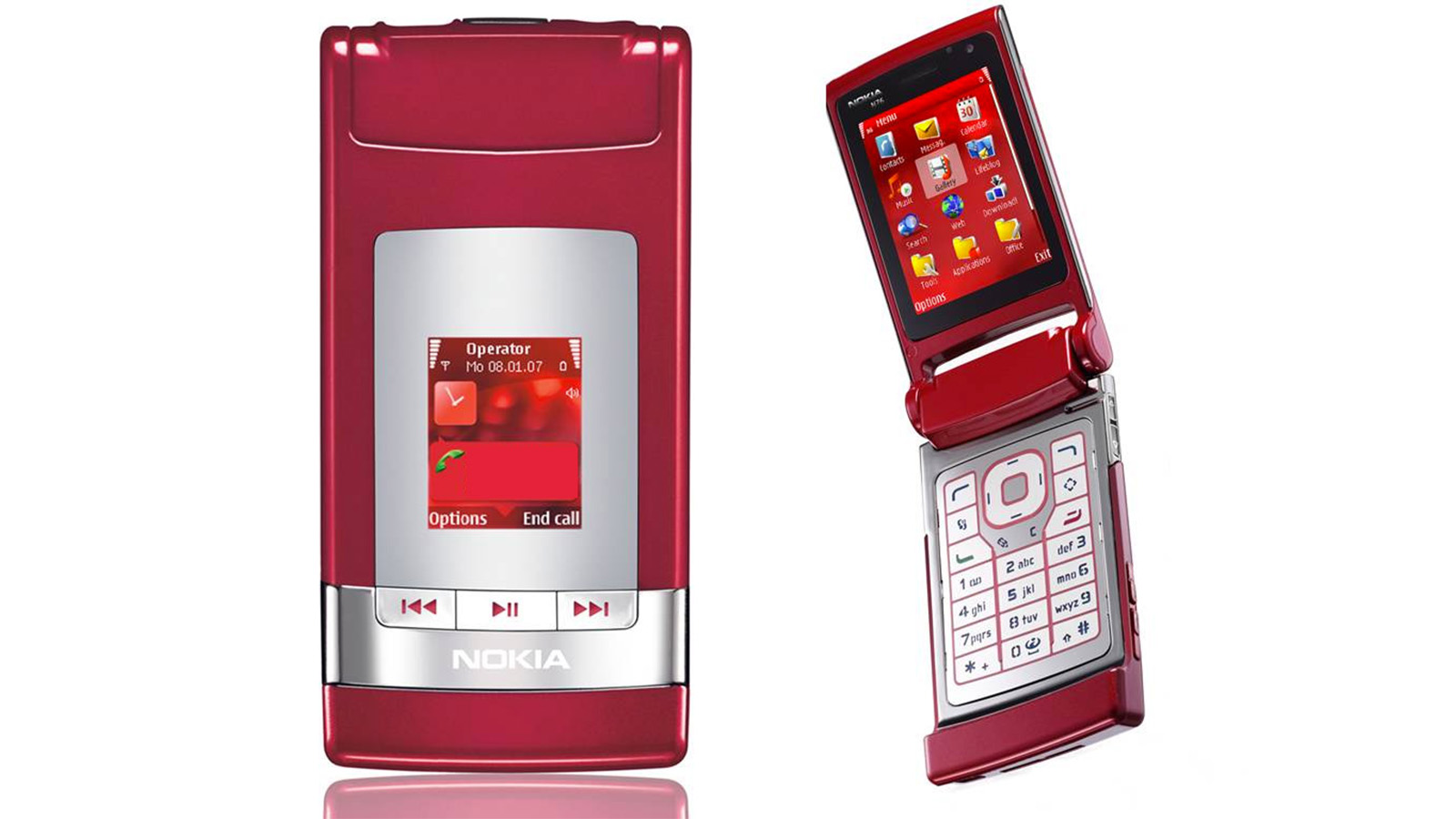
At a time and in a country where the Nokia 3310 was still quite popular, the Nokia N76 stood out as one of the sleekest handsets on the market. And I was one of the lucky ones who got it as a gift the year it was announced – 2007. It was a gorgeous handset, particularly in red, with a small screen on the top of the clamshell lid, and music control buttons below it. It wasn't groundbreaking – that would probably have been the N95 if we're looking at Nokia handsets from that time period – but it was beautiful! So sue me for falling for good looks rather than features.
Nokia Lumia 930 – Christian Guyton, Computing Editor
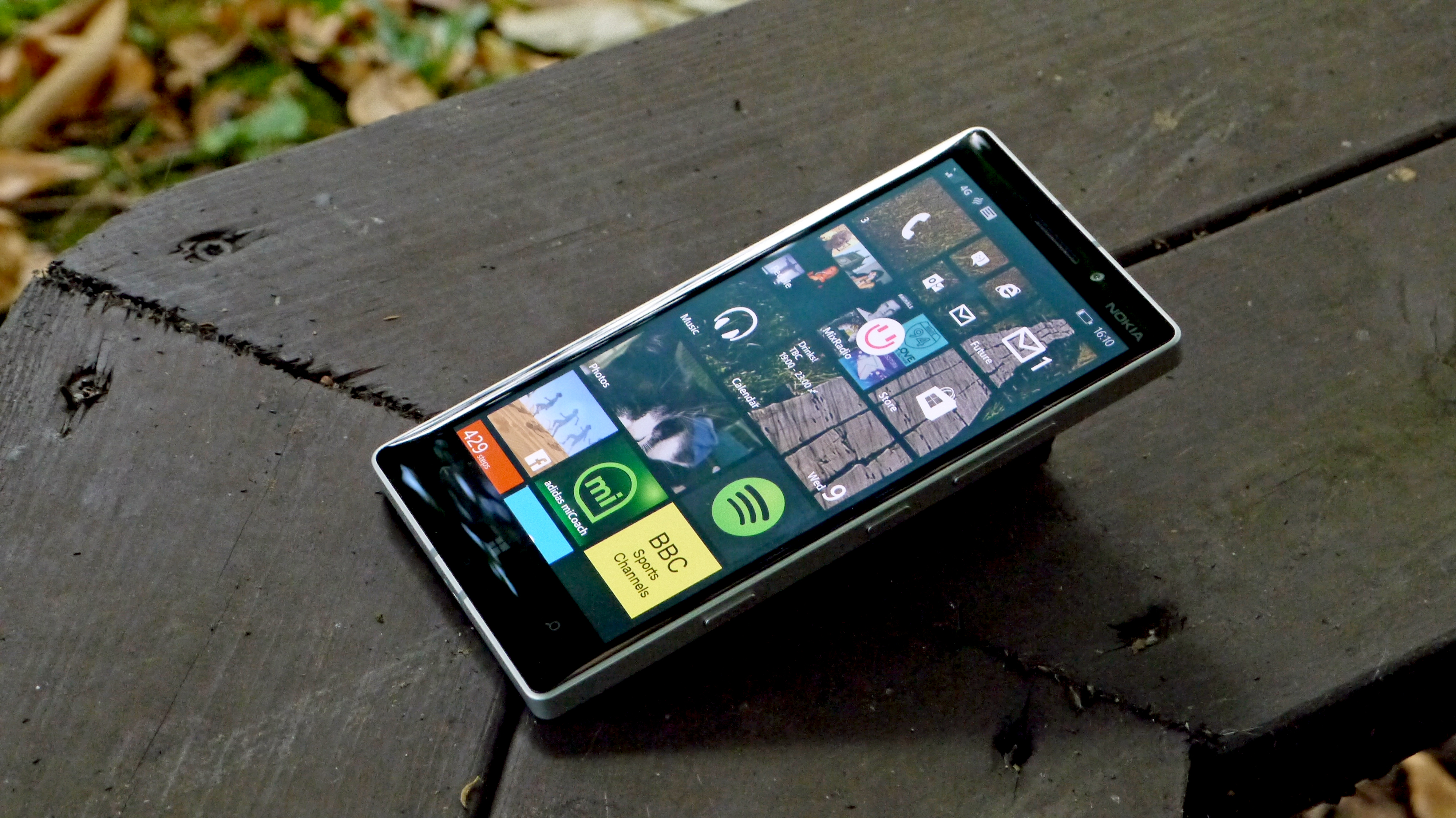
Screw you all, Windows Phone OS was good, actually. The tile format that crashed and burned so hard in the desktop version of Windows 8 was a perfect fit for smartphones, and that's a hill I'll gladly die on. Plus, the Lumia 930 had a solid camera and some funky color schemes, which really appealed to my younger self. Granted, my fiance did almost decide not to date me because of it, but hey...
Apple iPhone 3G – Josephine Watson, Lifestyle Managing Editor
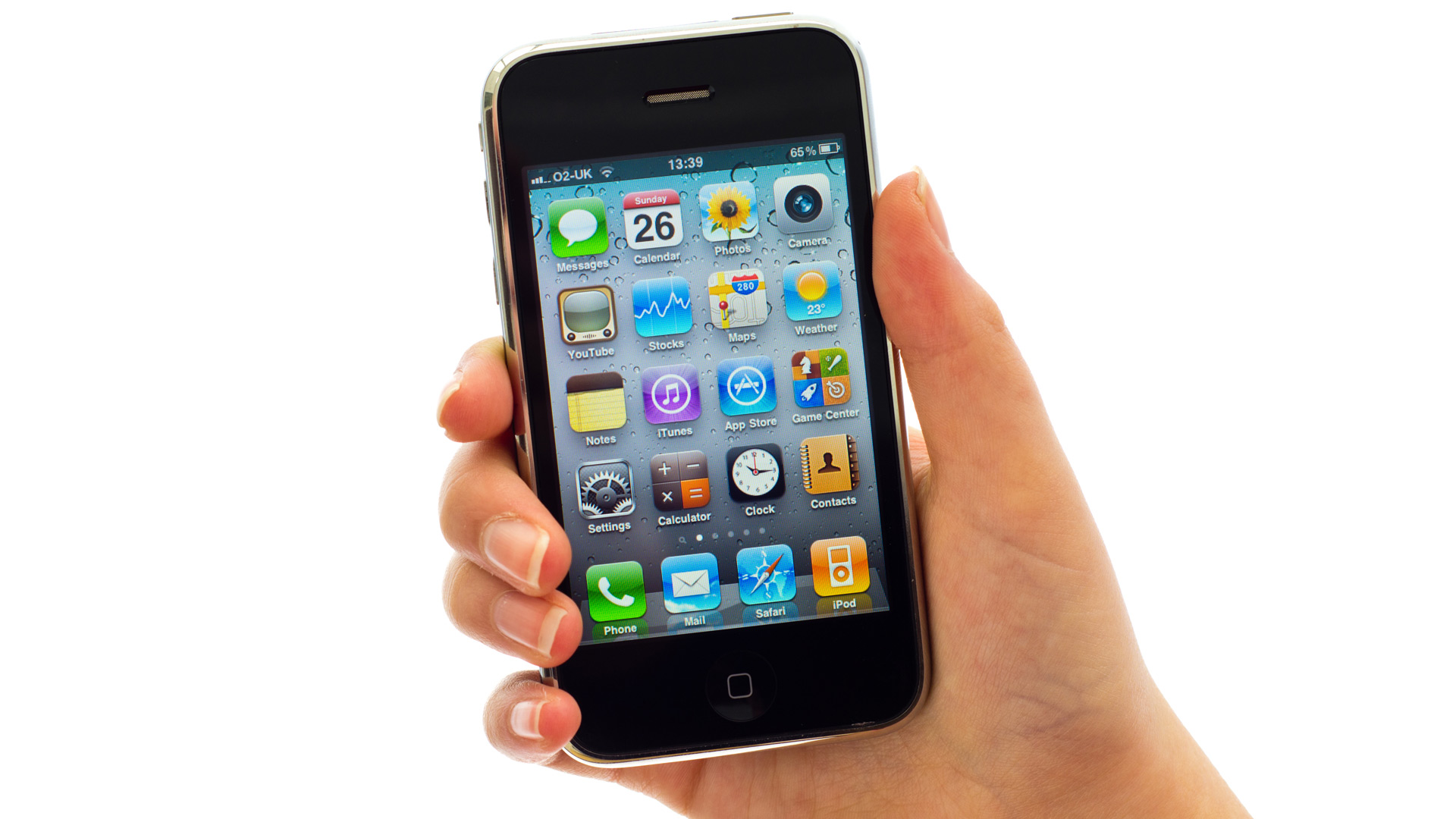
While all of my schoolfriends were BBMing each other, I was "lumped" with my dad's old iPhone 3G, my first proper smartphone, only to realize I had been granted the greatest gift: mobile gaming. My pals might have had social lives, but I had Angry Birds, Fruit Ninja, and Cut the Rope – plus, there was that fantastic party trick app where you could make it look like you were chugging a pint – raucous fun for a 14-year-old. Aside from that, it was just a brilliant phone at the forefront of 3G networking and lasted me for several years despite being preowned before it took its final, fatal tumble.
Apple iPhone SE (2016) – Matt Evans: Fitness, Wellness, and Wearables Editor
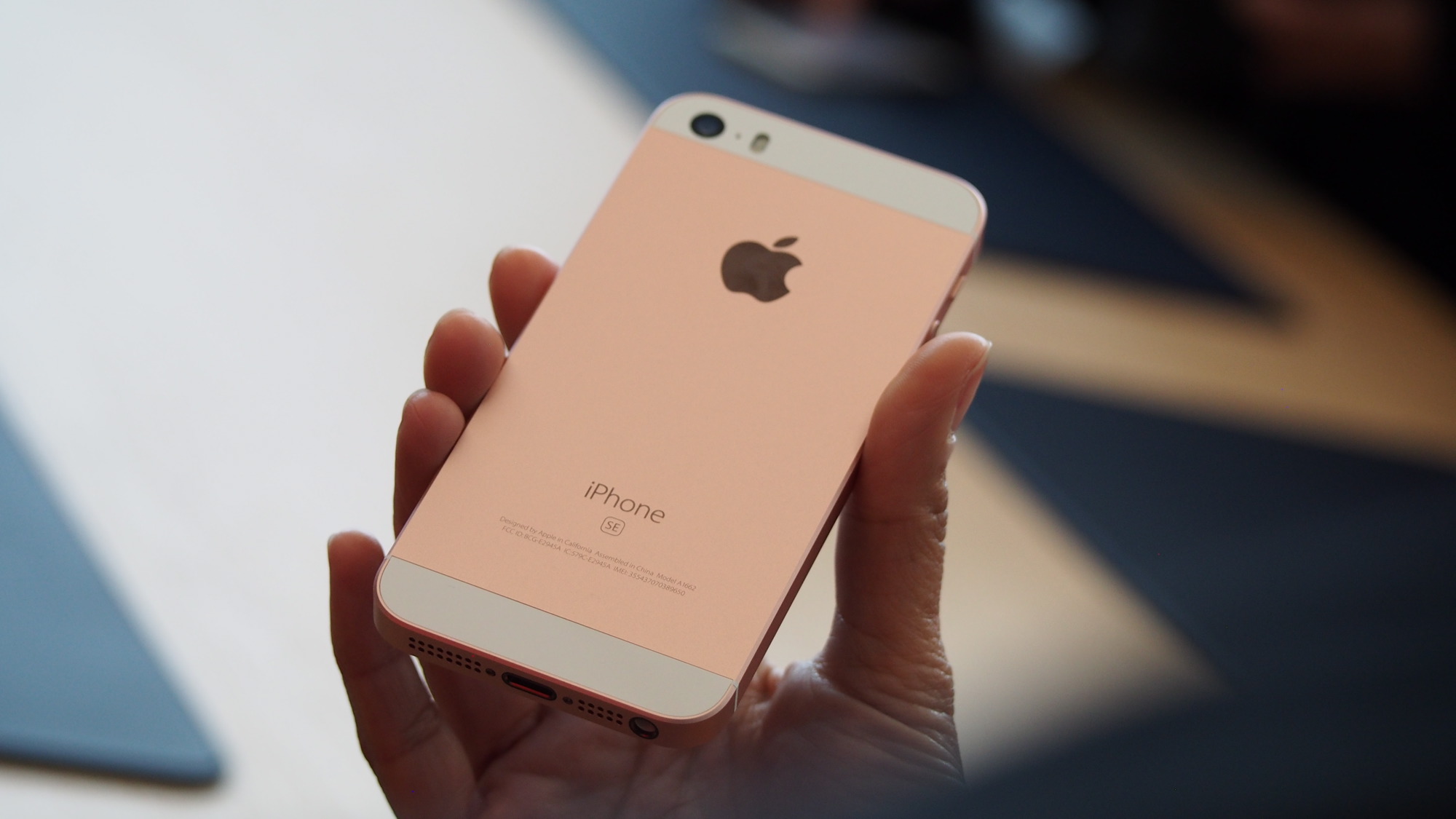
Where to start? I miss having access to a great iPhone on the cheap. I loved the aluminum body, making it feel like a device double its usual price point and sharing a bit of design ethos with my (also-missed) metal iPod Shuffle. I like my big-screened Oppo phone now, but it was nice to have something small enough to slip into an armband and take on a jog, or to the gym. Plus it had a headphone jack, the undisputed king of audio connectors. 2016 was a simpler time.
Apple iPhone 4 – Al Griffin, Home Entertainment Editor
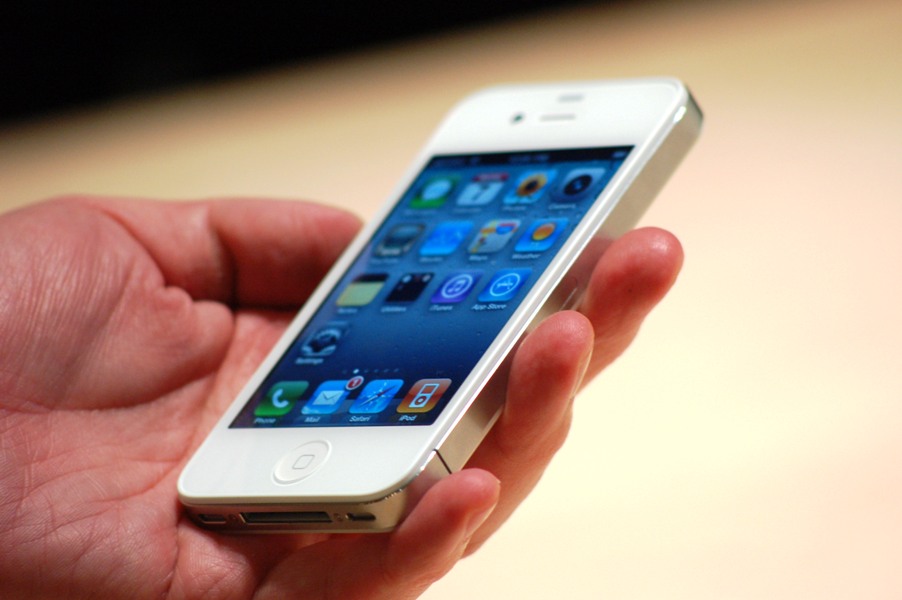
I was super slow to get into smartphones, and the main reason why I bought the iPhone 4 was that I needed to answer work emails while traveling. It quickly occurred to me that I had upgraded my phone to what was essentially a small, handheld computer, one that I could use to control all manner of other stuff, and my life was changed for the better.
Apple iPhone 4 – Aleksha McLoughlin, Hardware Editor
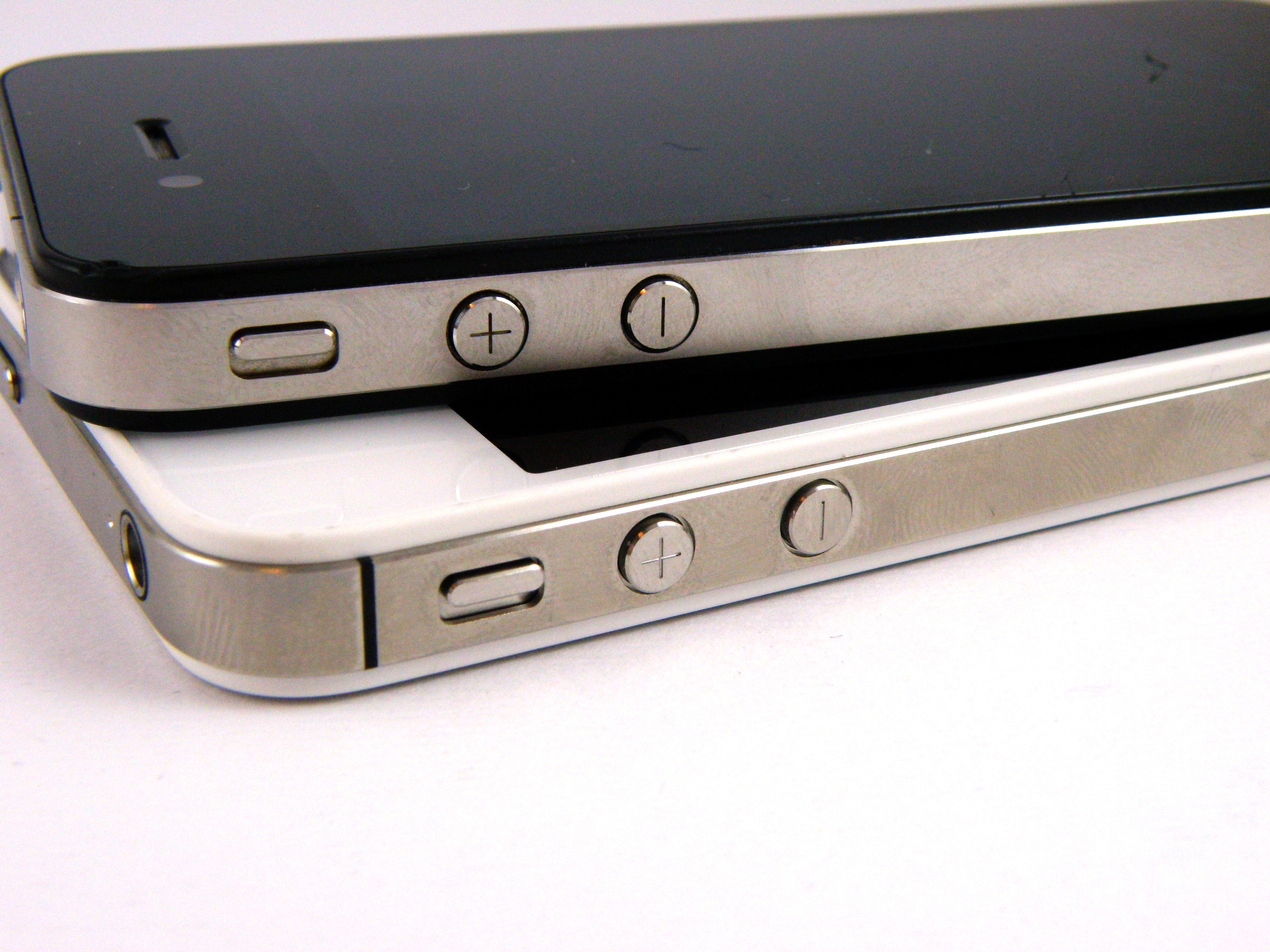
The Apple iPhone 4 started the trend of modern smartphones as a sleek lifestyle item. It was incredibly fast and powerful for the time, heralding the beginning of Apple's market domination in terms of design
Nokia 6310i – Jim McCauley, Sleep Editor
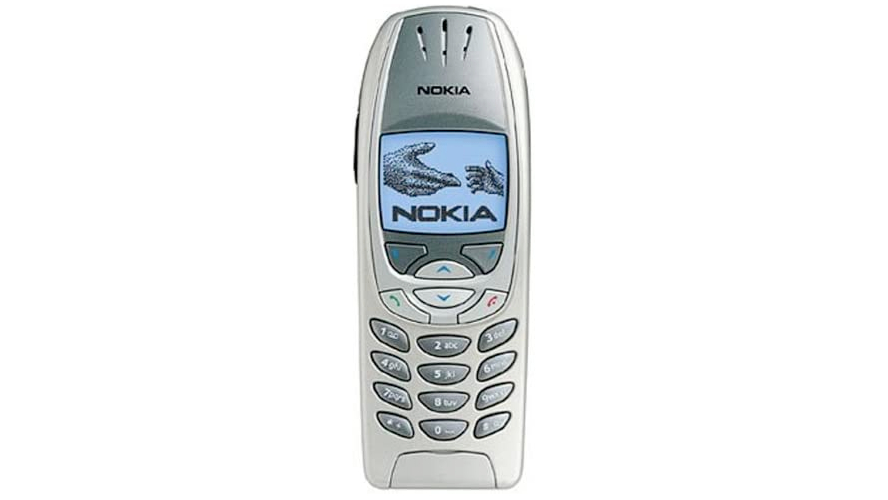
I was a cell phone refusenik for years, and it wasn't until a slight shift in circumstances in 2003 that I gave in and invested in the Nokia 6310i. It made phone calls, it had rudimentary web functionality (remember WAP?), it had an amber backlit screen instead of the green that most other phones had, it was solid, and the battery lasted forever. I swear if I could find it in my house today, it would still have some charge.
Apple iPhone (the original) – Becky Scarrott, Senior Audio Staff Writer

Precisely three months after its 2007 release, I got one – a collective birthday present from everyone dear to me. No phone brought me greater joy. I remember carefully whittling down the “deeply recessed” 3.5mm headphone jack so it would accept my Shure headphones. I remember that it couldn’t cut and paste text, but it did have an app called Bump (sadly no more) which allowed you to ‘bump’ hands with other fledgling iPhone owners and thus share elite iPhone-owning contact information, so… who needed to type? Mostly, I remember bounding into work each day and giggling with delight as it started to ping. You see, the clever little thing could join WiFi networks all by itself and – check me out – I had emails I could read right now…
Motorola RAZR – John Loeffler, Components Editor

Before the iPhone, the Motorola Razr was the coolest phone you could have, and in a lot of ways, I think it still holds that title. No, it's not a computer in your pocket, but the thin, sleek clamshell design made it simply different than all the other flip phones at the time, and combined with a genuinely excellent quality of the interface and functionality, it really was the pinnacle of the clamshell form factor.
Samsung Galaxy S7 – Allisa James, Computing Staff Writer
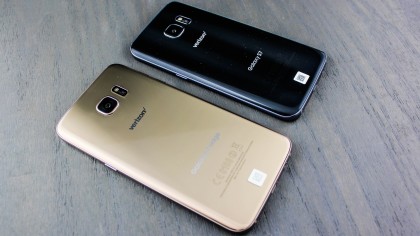
Though I'm not what you would call a phone connoisseur, I do know what I value in a phone. And for me, the first phone that offered durability, great software support, ease of use, speed, and more was the Samsung Galaxy S7. An excellent, well-rounded phone that I could have kept using forever. I was able to play Pokemon GO and other cellphone games on it with ease and type out whole articles and fiction short stories on it without breaking a sweat. And it was the first phone I had that could handle literally hundreds of pictures, photos, and memes I stored on it.
Nokia N80 – Mark Wilson, Senior News Editor

While my first phone was the Nokia 3210, I was a lot more proud of my first smartphone: the Nokia N80. Nokia desperately wanted it to be called a 'multimedia computer' rather than a phone, and to be fair it was pretty powerful: it ran Symbian Series 60 and had a 2.1-inch screen with a 352x416 resolution (look, it was impressive at the time). But the thing I mostly used was the 3.1MP camera, which could actually shoot video – and I have many terrible low-resolution souvenirs to prove it.
Apple iPhone 6 (rose gold) – Muskaan Saxena, Computing Staff Writer
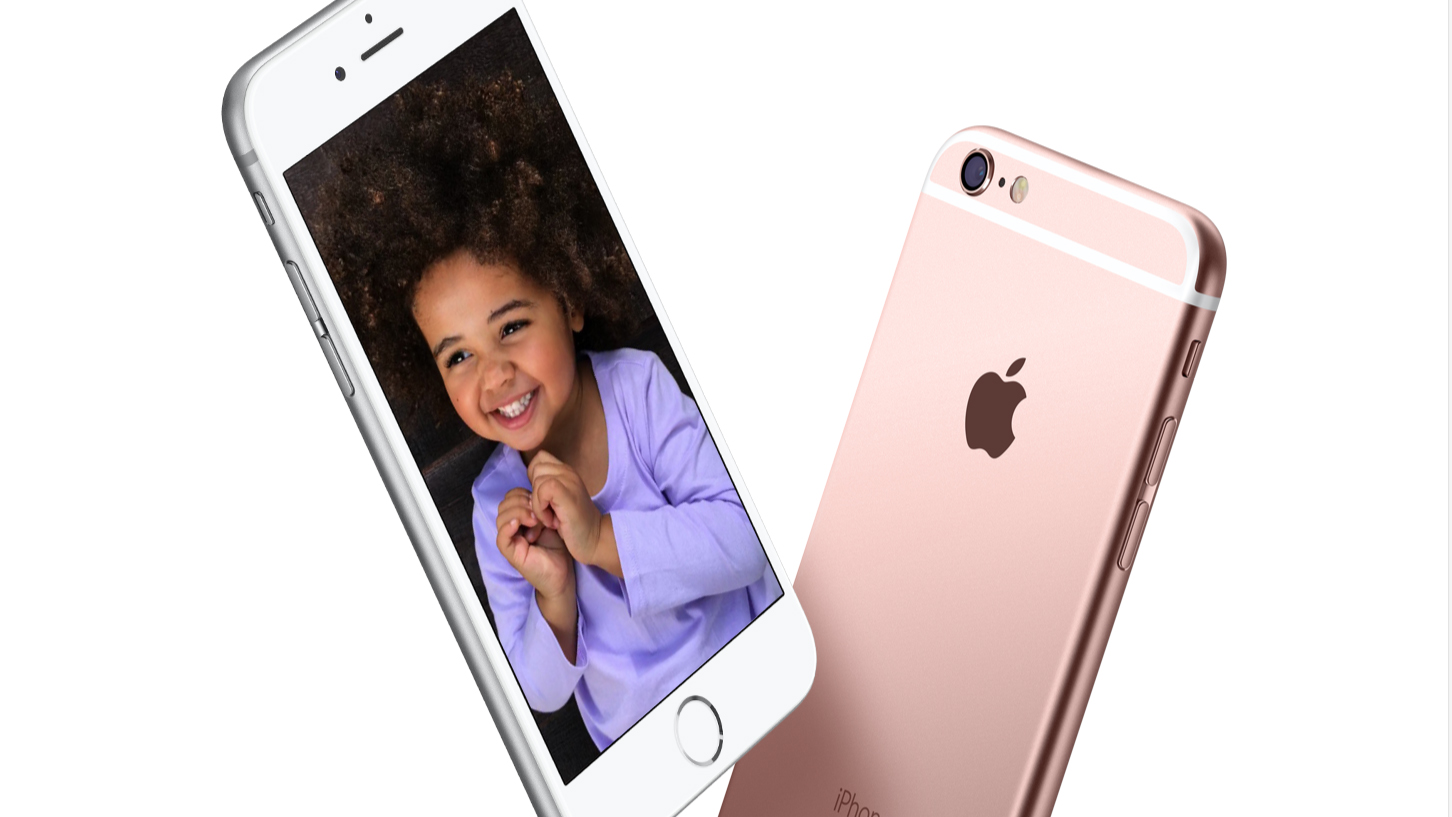
The iPhone 6 in rose gold revolutionized phone culture among young people and curated the coveted iPhone culture you see among Gen-Z now. It dominated Tumblr dashboards and had a whole social media moment in which young girls scrambled not just to get their hands on it but take cute pictures with their friends, create small communities and Pinterest boards, and bred the first iPhone 'aesthetic'. I wanted one so badly. I think if we didn't get the phone in rose gold when we did, things would be very different now.
Motorola C201 'Coke Phone' – James Cutler, Staff Writer (APAC)
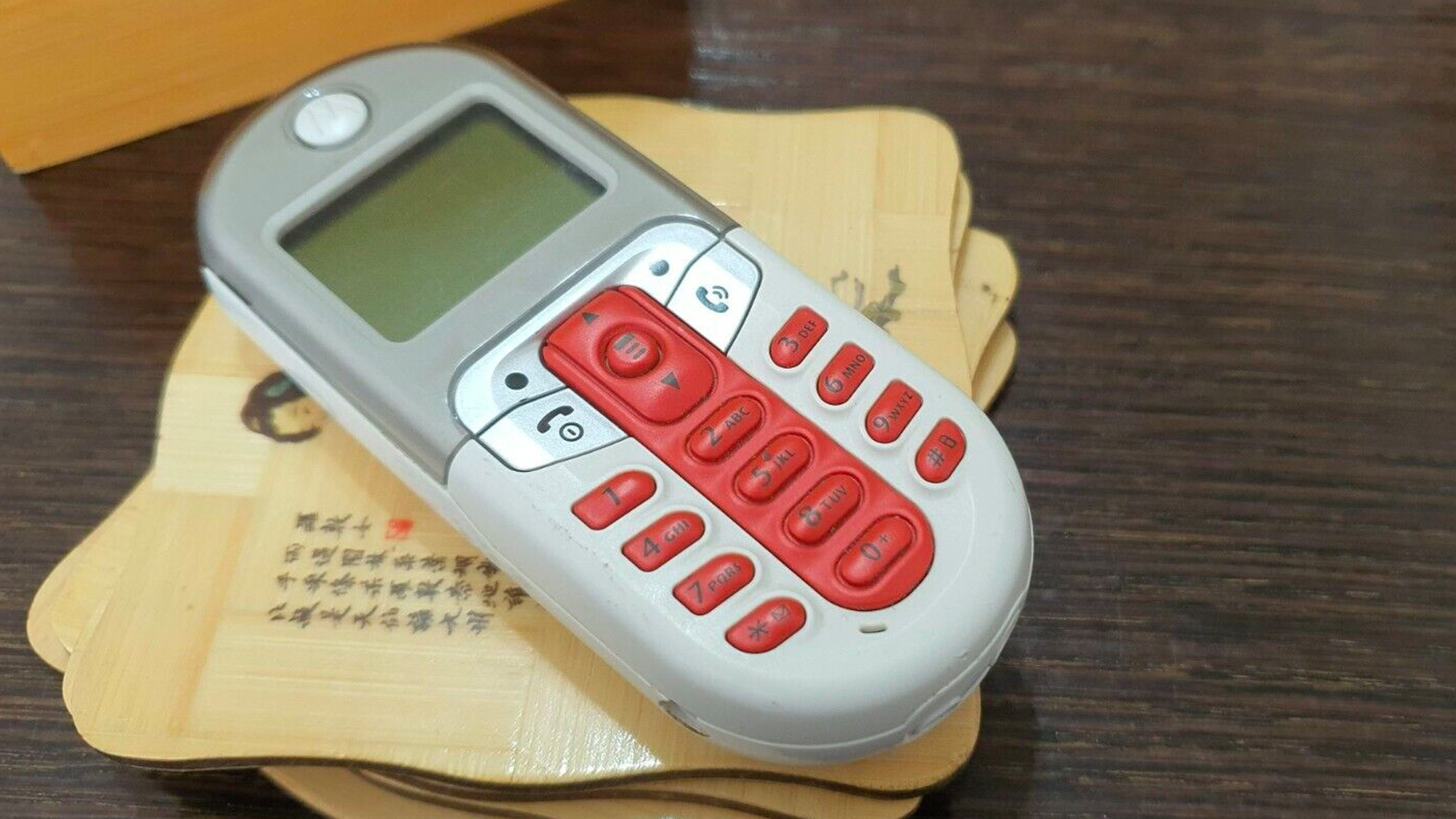
Not a smartphone by today’s standards, but at its time it felt every bit a smartphone with a teeny, tiny Tic-Tac-like build that could still do more than just text or call. This was also my very first phone, and I don’t know how many hours in total I spent playing snake on it, but I do miss the innocent enthusiasm I had for what was then a totally new and exciting experience.
The TechRadar hive mind. The Megazord. The Voltron. When our powers combine, we become 'TECHRADAR TEAM'. You'll usually see this author name when the entire team has collaborated on a project or an article, whether that's a run-down ranking of our favorite Marvel films, or a round-up of all the coolest things we've collectively seen at annual tech shows like CES and MWC. We are one.
- Alex Walker-ToddSenior Phones Editor
- Axel MetzPhones Editor
- Philip BerneSenior Editor, Mobile Reviews & Buying Guides